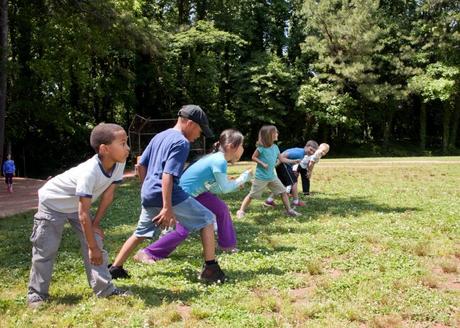
As I’ve done every year for the last 15 years, I can now present the 2022 conservation / ecology / sustainability journal ranks based on my (published) journal-ranking method.
Although both the Clarivate (Impact Factor, Journal Citation Indicator, Immediacy Index) and Scopus (CiteScore, Source-Normalised Impact Per Paper, SCImago Journal Rank) values have been out for about a month or so, the Google (h5-index, h5-median) scores only came out yesterday.
This year’s also a bit weird from the perspective of the Clarivate ranks. First, Impact Factors will no longer be provided to three significant digits, but only to one (e.g., 7.2 versus 7.162). That’s not such a big deal, but it does correct for relative ranks based on false precision. However, the biggest changes are more methdological — Impact Factors now take online articles into account (in the denominator), so most journals will have a lower Impact Factor this year compared to last. In fact, of the 105 journals in the ecology/conservation/multidisciplinary category that have data for both 2021 and 2022, the 2022 Impact Factors are a median 15% lower than the 2021 values.
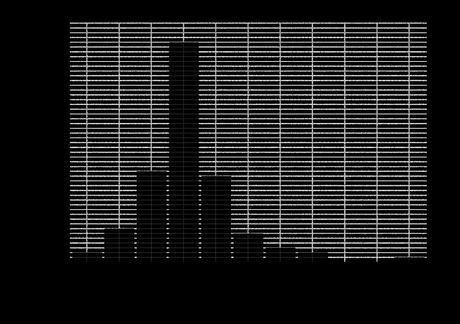
Another effect in play appears to have been the pandemic. The worst of the pandemic happened right during the assessment period, and I’m pretty sure this is reflected both in terms of the number of articles published (down a median of 10%) and total number of citations in the assessment period (down 7%) per journal.
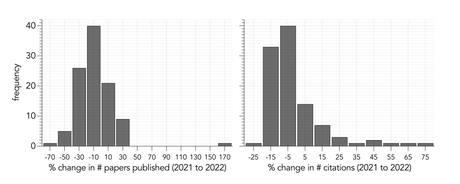
But using my method, these changes a somewhat irrelevant because I calculate relative ranks, not an absolute score.
I therefore present the new 2022 ranks for: (i) 108 ecology, conservation and multidisciplinary journals, (ii) 28 open-access (i.e., you have to pay) journals from the previous category, (iii) 66 ‘ecology’ journals, (iv) 31 ‘conservation’ journals, (v) 43 ‘sustainability’ journals (with general and energy-focussed journals included), and (vi) 21 ‘marine & freshwater’ journals.
Here are the results:
(i) ecology, conservation and multidisciplinary
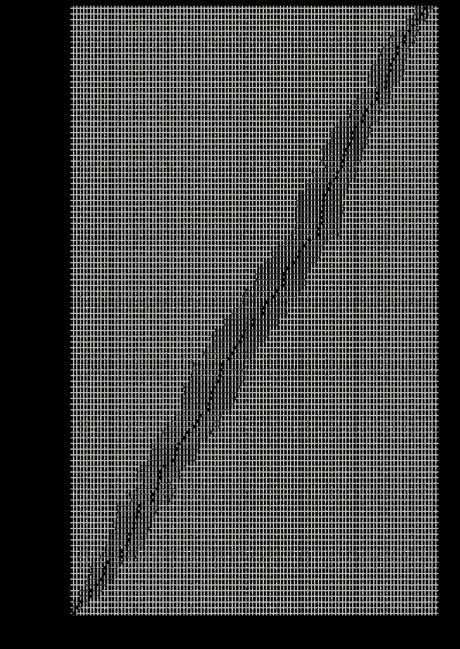
Here’s a more focussed list of the top-20 journals from above:
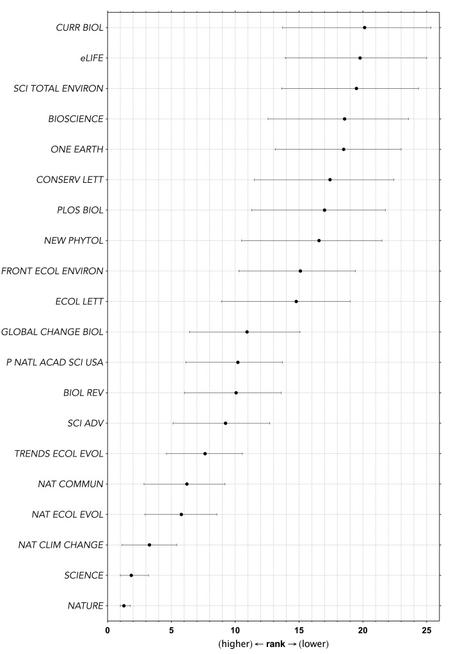
Not a lot of change from last year, but One Earth does make it into the top 20 in 2022.
From the full sample above, here is the ranking for the 28 journals that are open-access, if you fancy paying several thousands (if not tens of thousands) of dollars/euros/pounds for the privilege:
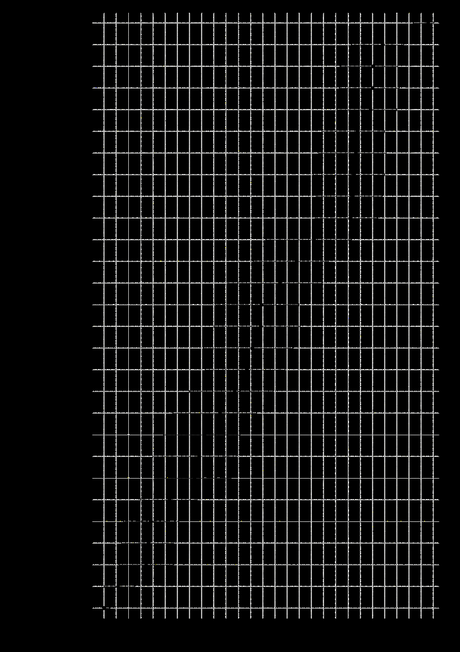
(ii) ecology journals
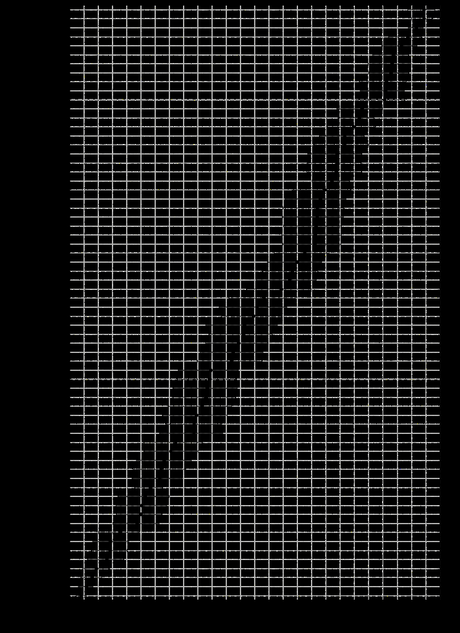
Not many changes for the ecology journals, but One Earth again has leap-frogged many competing journals and now places 8th among these 66 ecology journals. People and Nature has also entered the top 20 this year.
Here’s a closer look at the top-20 from that last list:
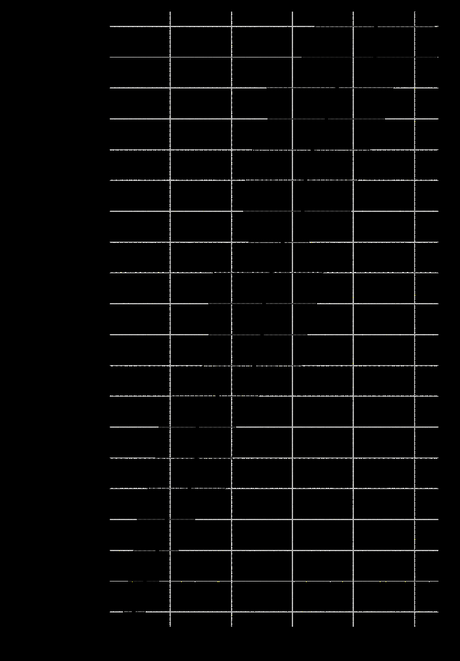
(iii) conservation journals
Here is the most interesting list for ConservationBytes.com readers:
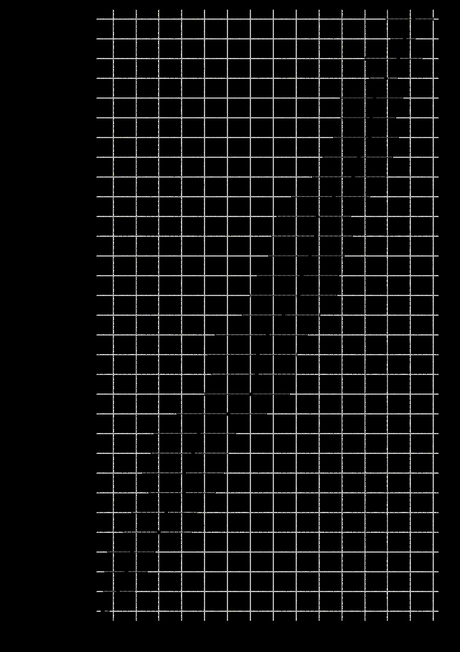
There are no really striking changes here either, but Conservation Biology has moved slightly ahead of Biological Conservation, and One Earth and People and Nature are also doing well in this category.
(iv) sustainability journals
In the ‘sustainability’ journals (including some general-category ones too), not much has changed since last year:

(v) marine and freshwater journals
Not much change here either since last year:
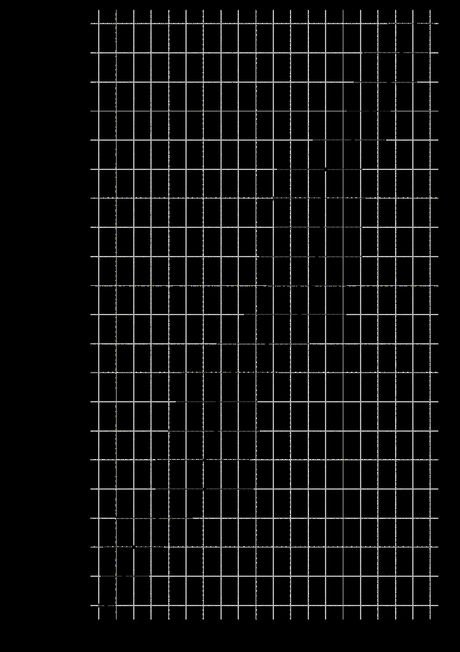
So, there you have it. Despite some rather large changes in the way Impact Factors are calculated and the epidemic-related slowdown, not a lot has changed in terms of relative ranks.
You can access the raw data for 2022 and use my RShiny app to derive your own samples of journal ranks.
See also the previous years’ rankings (2021, 2020, 2019, 2018, 2017, 2016, 2015, 2014, 2013, 2012, 2011, 2010, 2009, 2008).
CJA Bradshaw

